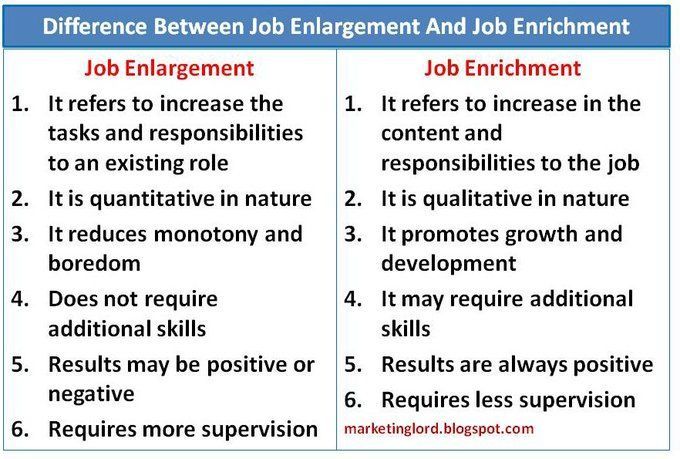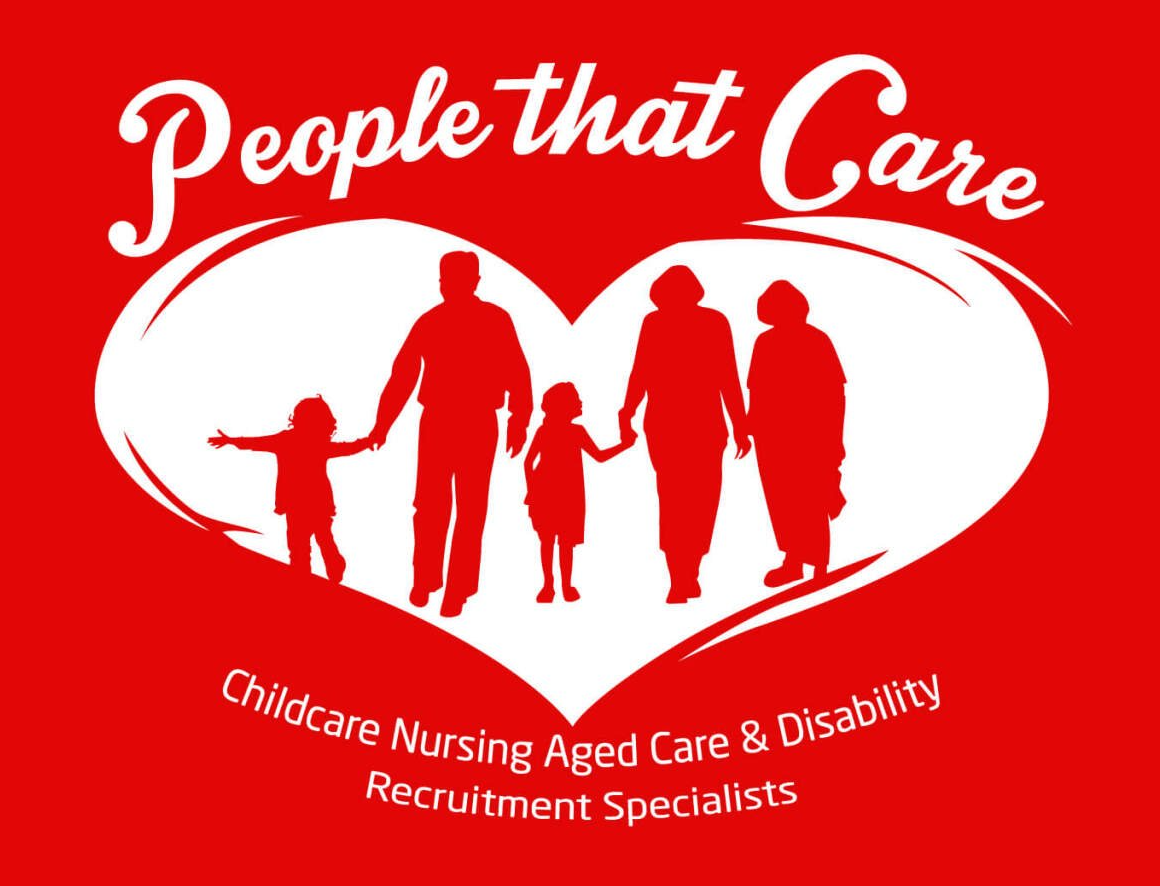Stress management at the workplace
It’s not a surprise that the workplace is a common trigger for stress. You’re faced with tight deadlines, juggling various tasks and projects, and navigating different personalities types.
Here we unpack what stress is, how it affects your health, and ways you can manage your stress at the workplace.
What is stress?
Stress is the body’s response to danger in our environment. It’s an actual physiological reaction that activates our fight-or-flight response.
We have the fight-or-flight response to thank for the survival of the human species, but when we’re not confronting life-threatening danger, this stress response ends up causing more harm to us than good, especially if we’re constantly exposed to stressors.
Your body responds to the stressor by increasing oxygen supply to the lungs, pumping more blood to the muscles, and dumping glucose into the bloodstream. This is process is designed to help you fight off the danger or run away from it.
In activating the stress response, your body shuts down other systems that aren’t necessary to your eminent survival such as the digestive system and the immune system.
People who suffer from chronic stress often experience digestive problems and are prone to colds and flus. When one is succumb to stress for too long, they can burnout. Burnout is the state of emotional, physical, and mental exhaustion.
What does it mean to “manage” stress?
The opposite state of the fight-or-flight response is rest-and-digest. In this state, your body is conserving energy, increasing intestinal and gland activity, and relaxing muscles.
This whole process is designed to maintain long-term health. When we’re constantly triggered by stressors, we don’t enter the rest-and-digest state long enough to establish an equilibrium in our bodies.
Managing stress refers to learning to cope with how we react to uncontrollable situations, so that our stress doesn’t get the better of our lives.
How to manage stress at the workplace
A lot of the time, what stresses us out is our inability to control the situation. Instead of trying to control the situation, we can focus on what we can change and establish healthy habits to better cope with stressors.
ORGANISING WORKFLOW
Organising your workflow can be as simple as tiding your workstation. I always think that a cluttered space leads to a cluttered mind.
Remove all unnecessary things from your desk that aren’t relative to the task at hand. This can help clear away any distractions.
Is there a simpler system in place to help you finish the project? Ask for advice when you need it especially when it comes to organising your workflow.
There might already be other systems in place you aren’t using that can eliminate a few tedious steps from your assignment.
TAKE BREAKS
You’re not doing anyone any good by stressing out. Attitude is infectious, especially in a small office. If you’re stressing out, the effect can spread like wildfire.
When you’re hitting a wall of your productivity, take a step back. In fact, it’s best if you take those steps outside.
Take a break to remove yourself from the work and refresh your thoughts. Sometimes, the best solutions to the problem you’re trying to solve happen on walks.
DRINK GREEN TEA
Instead of reaching for that cup of coffee, opt for green tea instead. Green tea is a great source of L-theanine, an amino acid that does more than add flavour to the beverage.
L-theanine is a natural mood-elevator and can help you increase your focus. Green tea might be the best office fuel to get you through a stressful period.
EXERCISE
Stress bleeds into every aspect of your life affecting your relationships, creativity, work, and overall health. One of the best things you can do for yourself when you’re feeling stressed out, is exercising.
Exercising releases endorphins most commonly known to produce a state of euphoria, which alleviates stress and can help you get a better night’s sleep.
BOX-BREATHING
Breathing meditations have been around for over 5000 years. Box breathing is a form of breath meditation.
The technique involves taking slow, deep breaths in and out of your your nose for counts of 4, with a pause for 4 counts at both the top of the inhale and bottom of the exhale.
This relaxation technique is simple yet powerful. The aim is to focus your mind to clear out any distractions, and reset your breath. After a few rounds of box-breathing, you should feel calm and have a refreshed focus at the task at hand.
With the right stress management techniques, you can learn to effectively reduce stress at the workplace, boost your mood, and productivity.
If you’re ever feeling that work has become too overwhelming or has become a negative space, please take the time you need and reach out to someone who can help. Here’s a great article on A Realistic Plan for Telling Your Boss That You’re Burnt Out and Need Personal Time.
Source: https://www.majerrecruitment.com.au/stress-management-at-the-workplace/


People That Care Australia does not receive any funding to operate its business. All profits are used to improve the service we offer to Jobseekers.
USEFUL LINKS
FOLLOW US
STAY INFORMED
You need a helping hand with your project?
We will get back to you as soon as possible
Please try again later
CONTACT US
Contact Us
We will get back to you as soon as possible.
Please try again later.
All Rights Reserved | People That Care Australia
Made with 💛 by Shazamme
